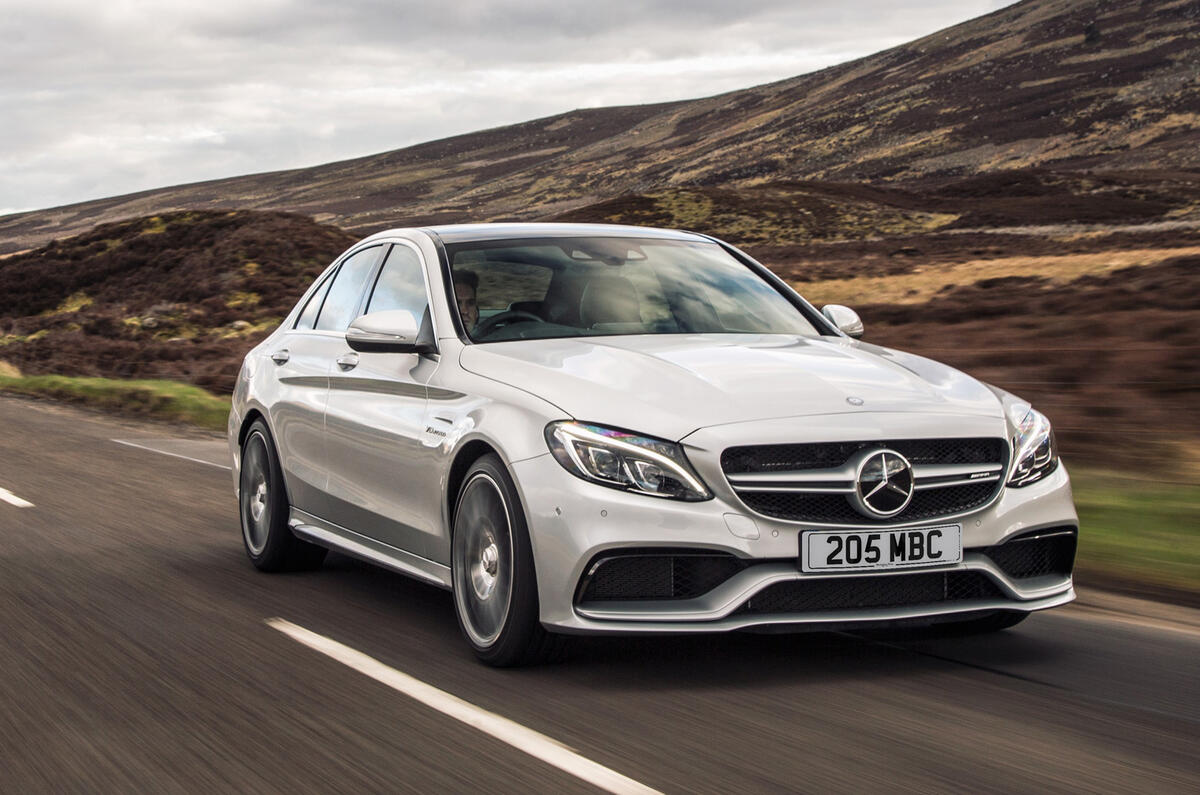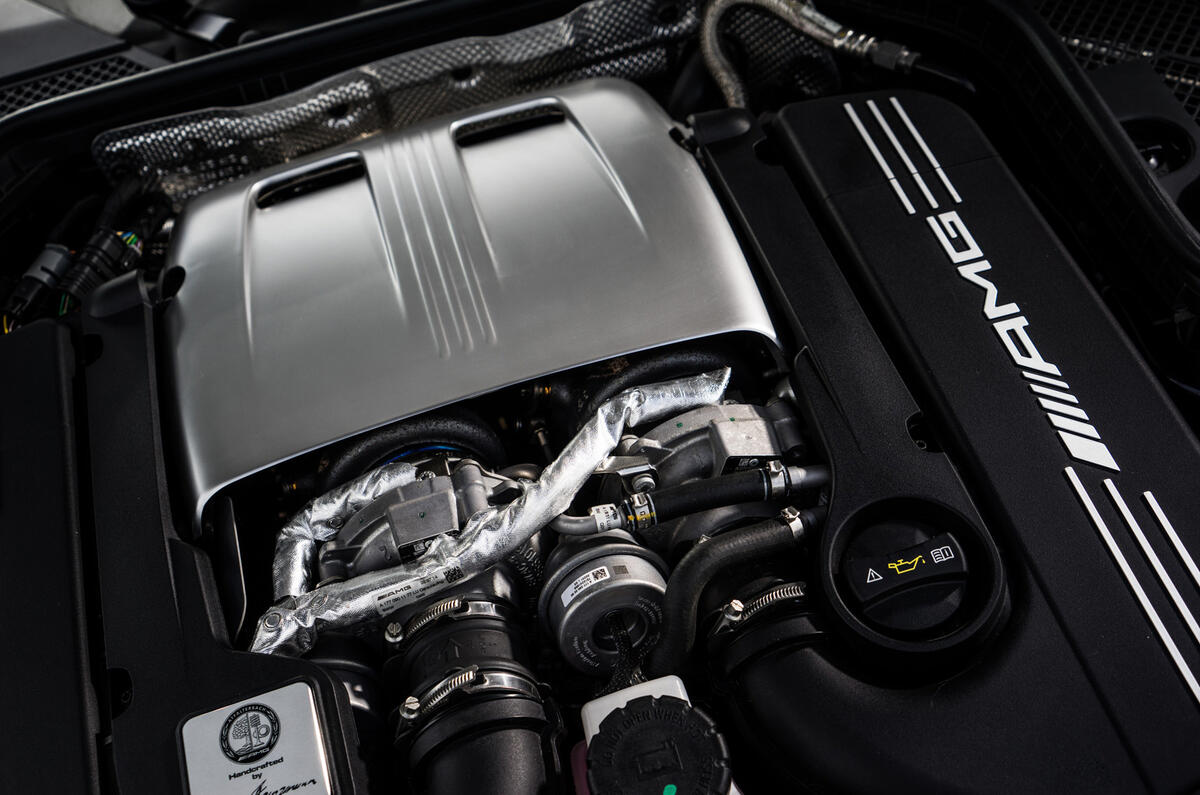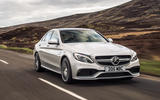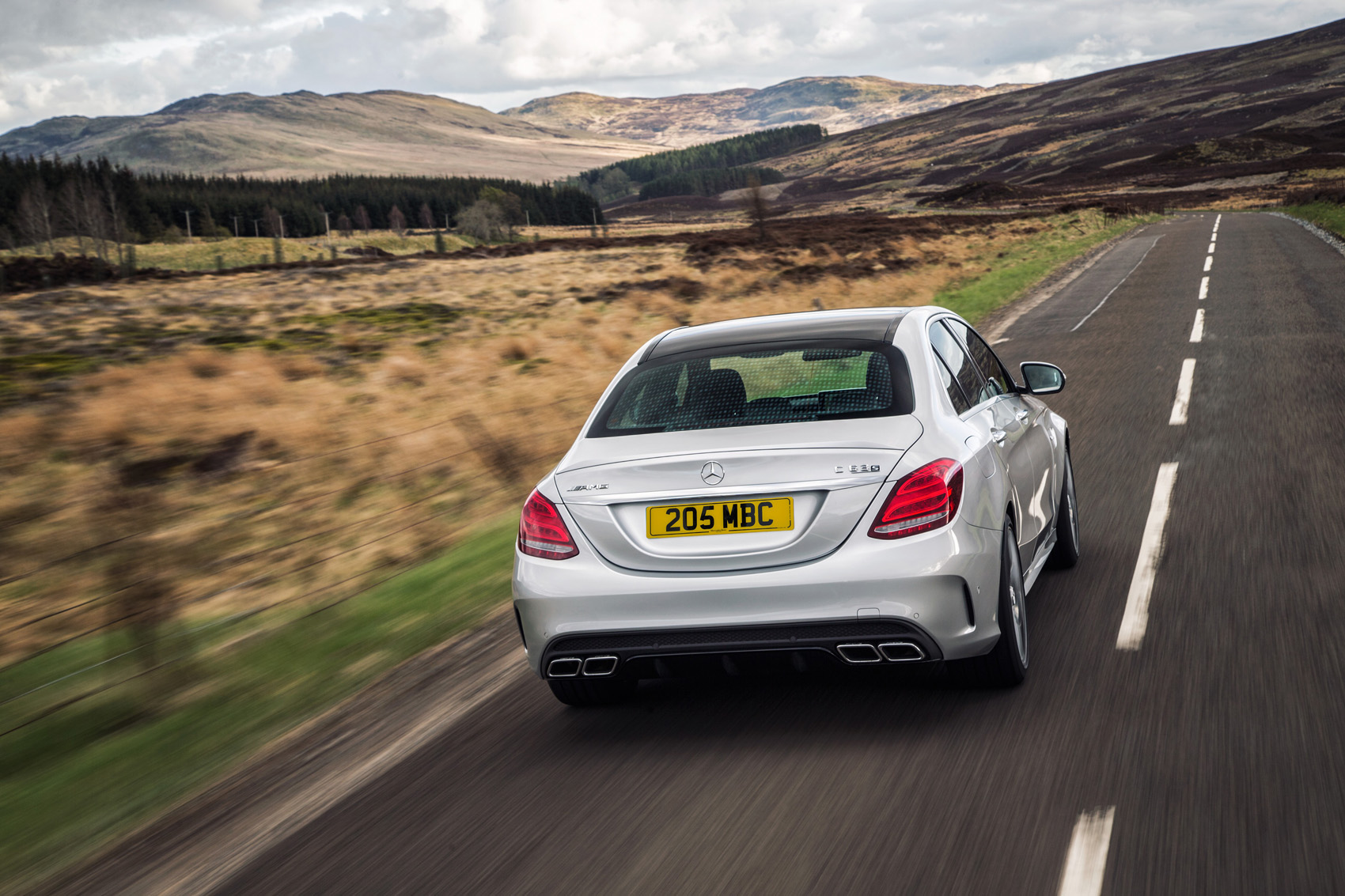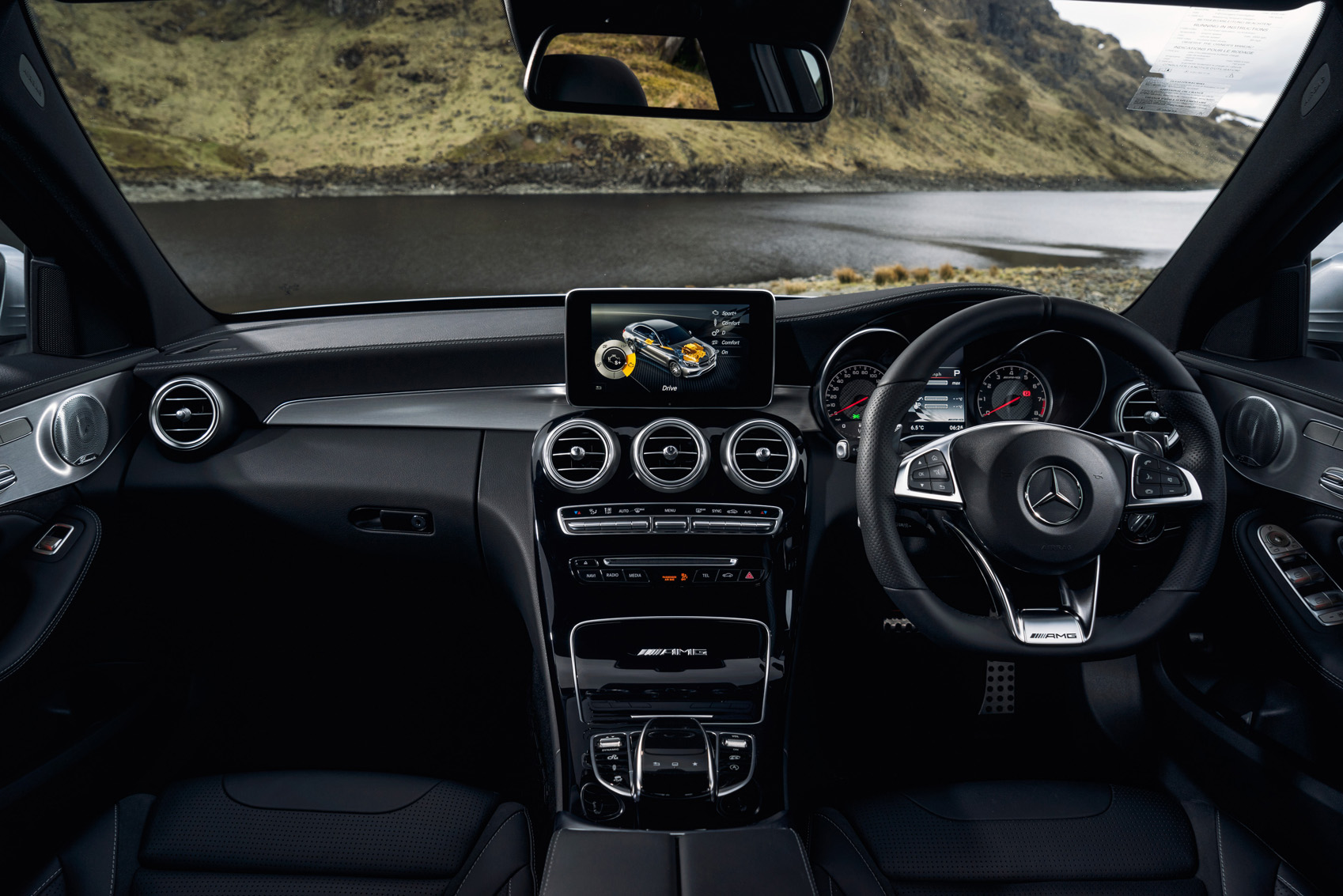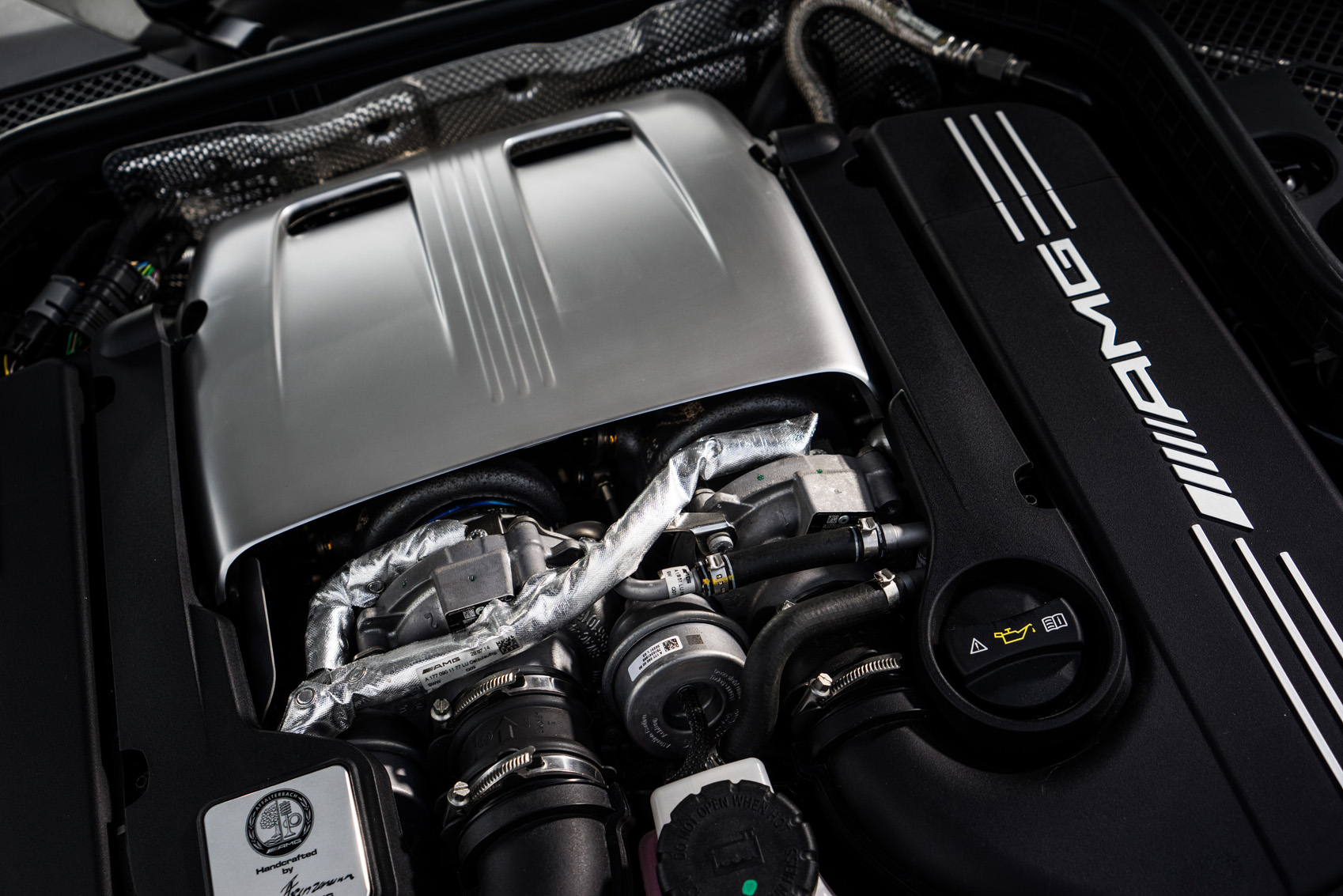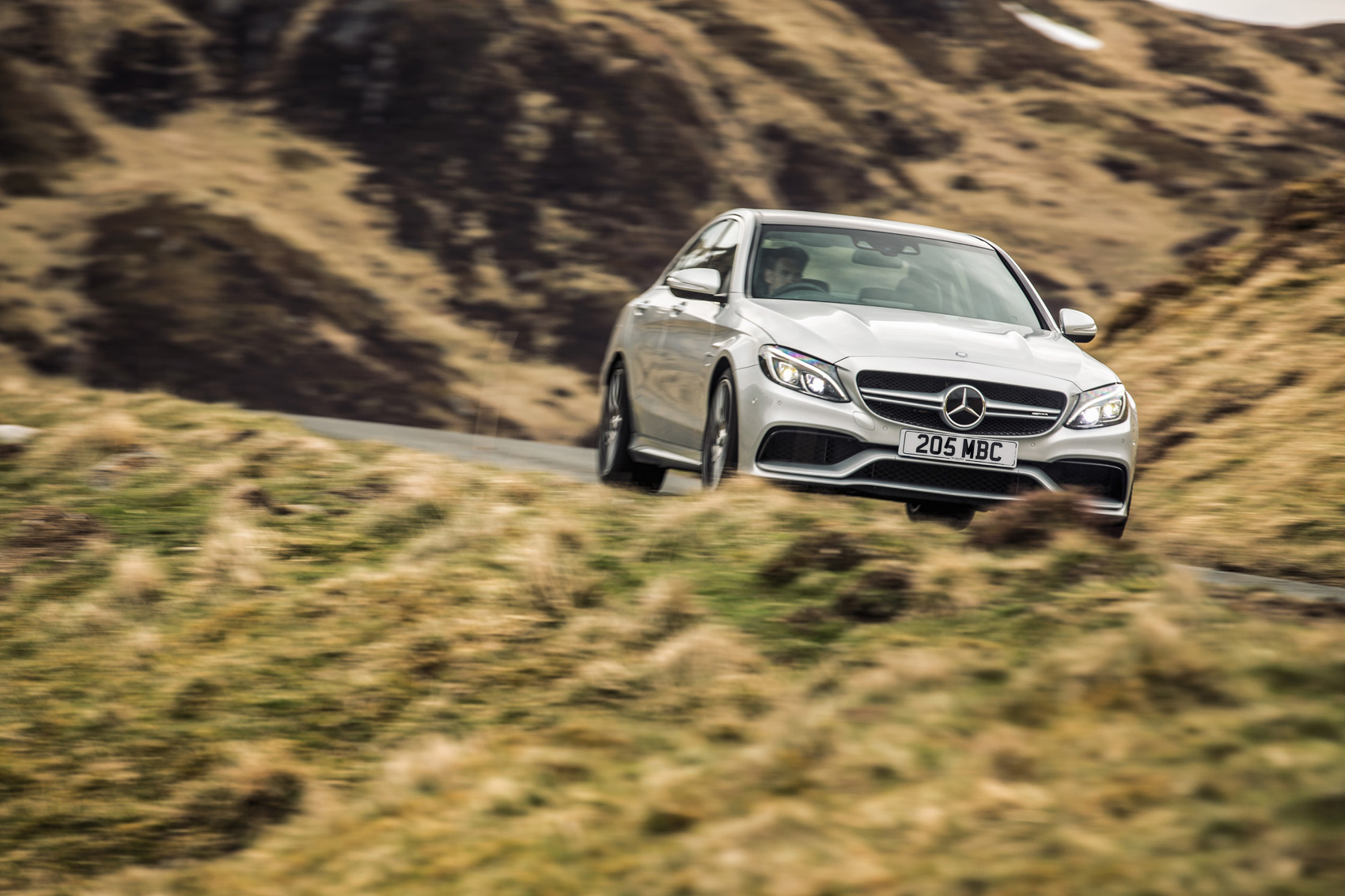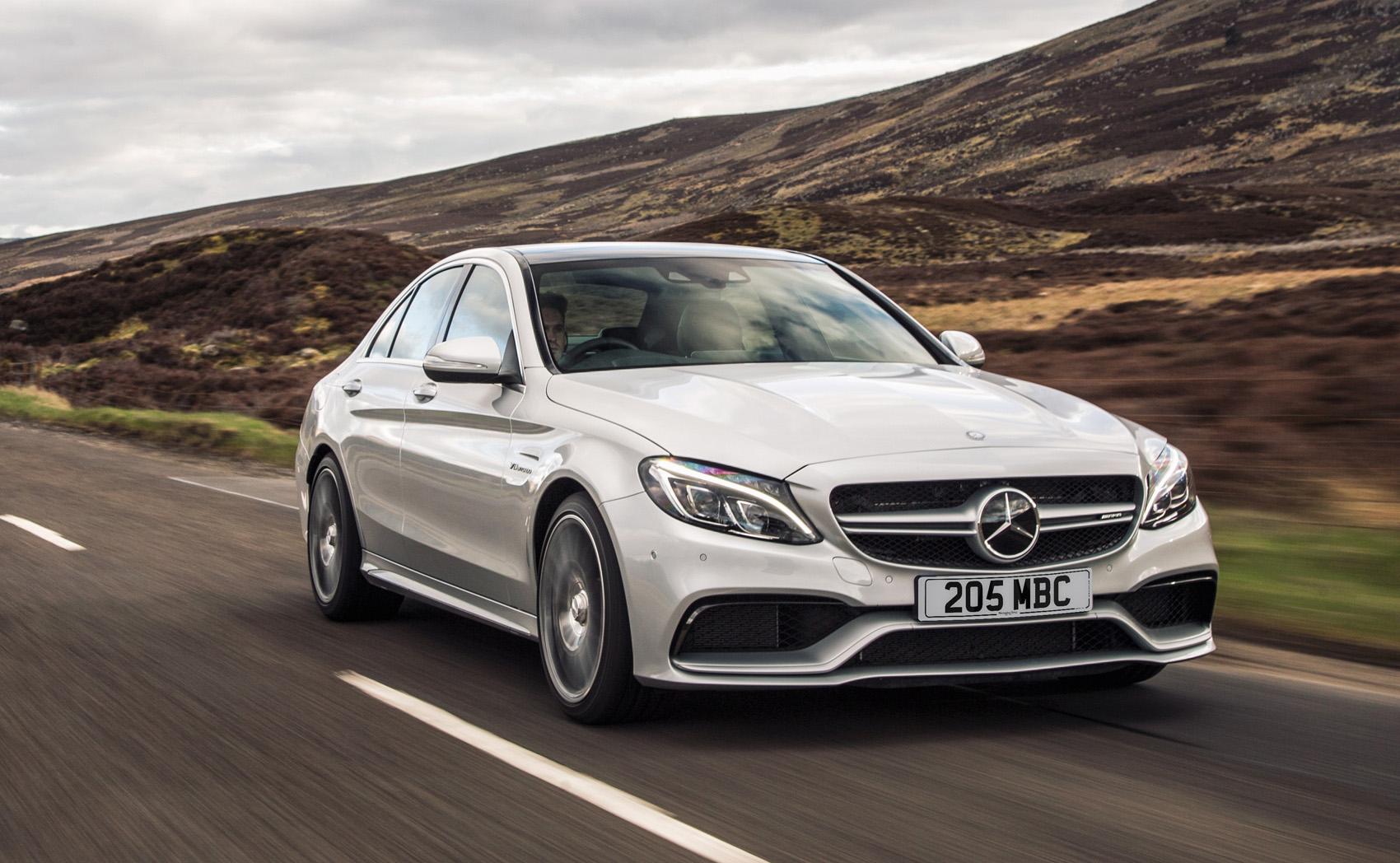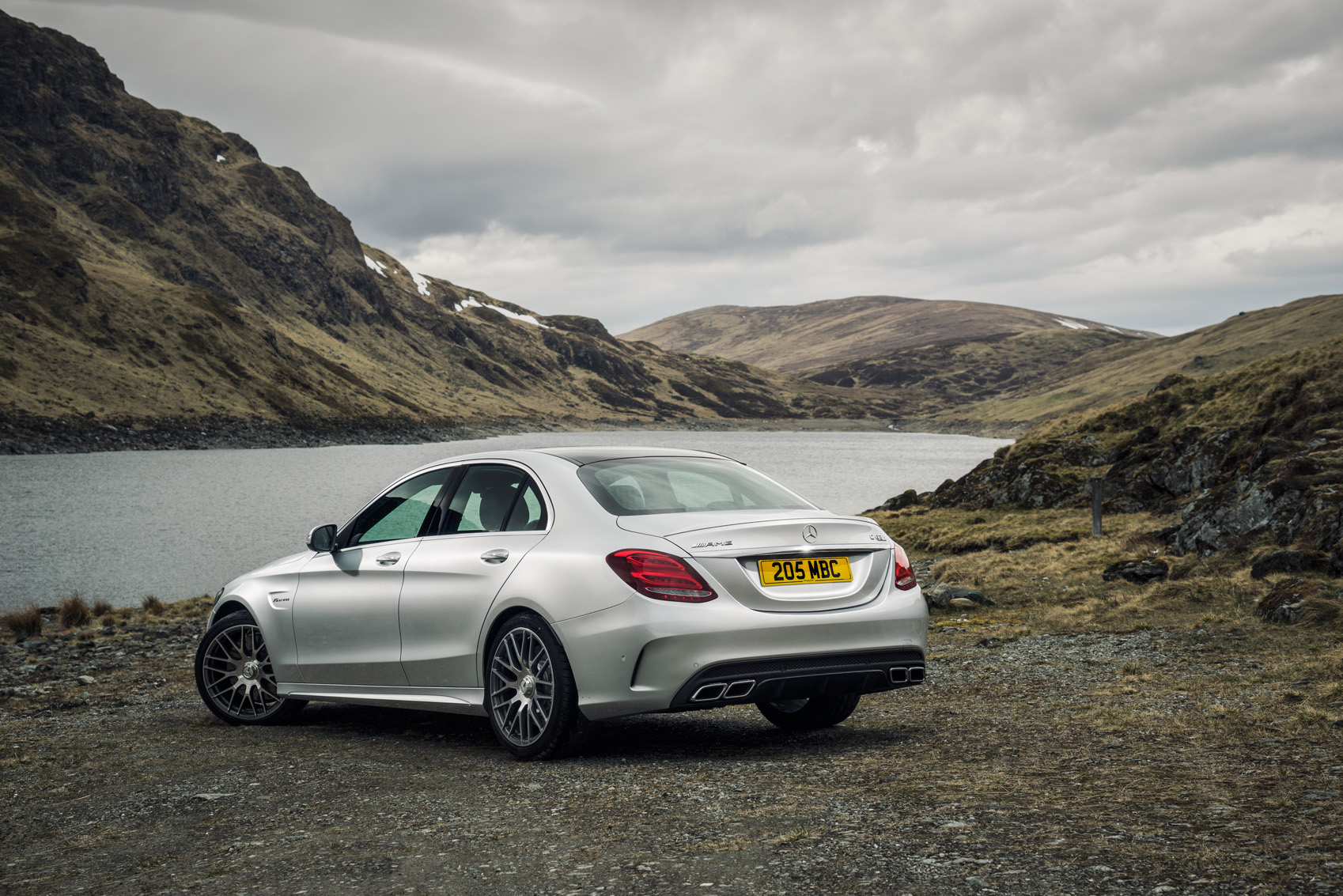Most enthusiasts will find it hard to acclaim the arrival of the new Mercedes-AMG C 63 without mourning the departure of its predecessor.
The previous model was the first to be built by AMG from the ground up and, boy, did it show. Its shadow, cast chiefly by the memory of the extraordinary naturally aspirated 6.2-litre V8 in its nose, looms large over the latest car – if only because its maker has done its best to gamely stick to the same formula the second time around.
That turbochargers were to be stuck to the next generation of AMG engines was clear even at the previous C 63’s introduction, but where some of its rivals – notably, BMW with the current M3 and M4 – opted to reduce the cylinder count, too, Mercedes has stuck rigidly to its V8 playbook.
The provenance of the new unit, introduced to us already in the Mercedes-AMG GT, is worthy of a 21st century creation. Already famous for being the result of shunting two four-pot Mercedes-AMG A 45 engines together (there’s rather more to it than that, of course), the new V8 delivers more power, more torque, less weight and, naturally, far greater efficiency.
Nevertheless, its forebear can be neither described nor succeeded solely through numbers. The C 63’s character, certainly it’s most likeable side, was spliced into the throttle response and bellowed from the quad exhausts. Equalling it means doing the same.



